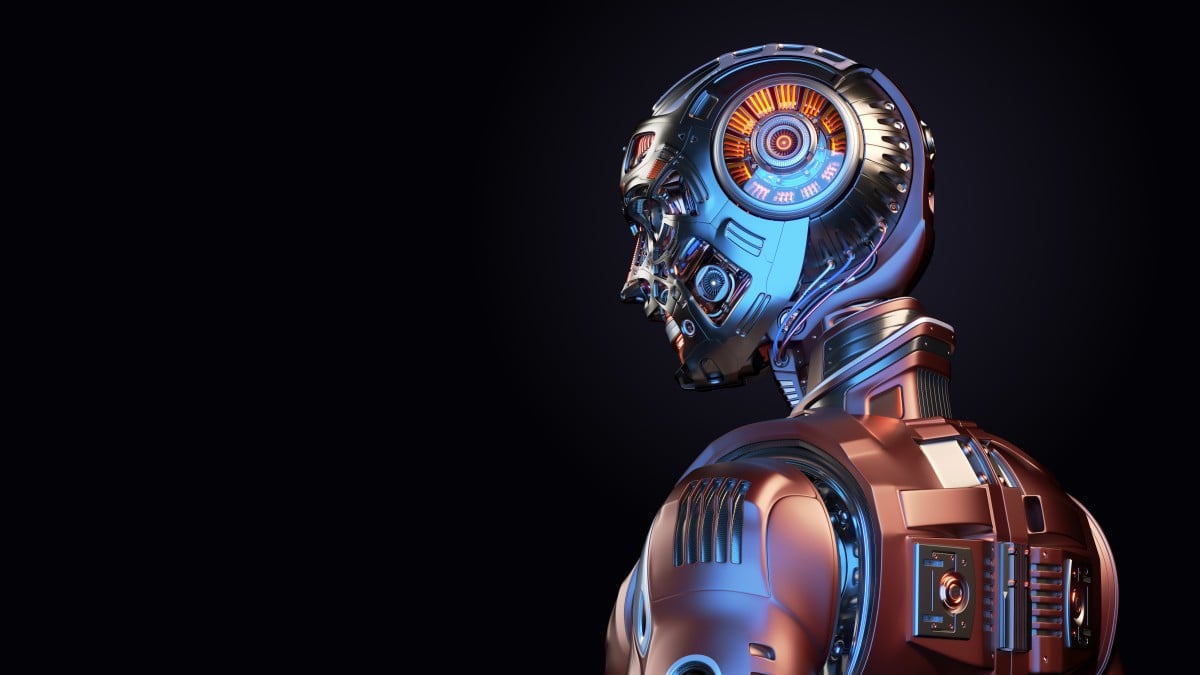March 18, 2020 | Robotics & Automation
How Star Wars Inspired the Future of Robotics in Manufacturing

In a galaxy far, far away…
Well, how far exactly?
The technological advancements in the Star Wars universe may seem to be the stuff of fantasy. While Death Stars, droid armies, and flying starfighters are still just Hollywood creations, real world robotics have made epic advancements since Episode IV first debuted in 1977 (under the original title of Star Wars, of course).
Although there is much to the films that is left to fantasy, some of the mechanical creations in Star Wars parallel robotic technology in real life. In fact, Star Wars may give insight into the future of robotics and it’s positive (besides the droid invasions).
Why Robotic Automation is the Future in Manufacturing
Robotics are an increasingly more common feature of modern manufacturing. In fact, 90% of all robots currently in existence are for industrial use. Each year, robotic automation becomes more cost-effective and efficient, so it’s clear that the future of robotics will see a greater presence in manufacturing. However, should people be concerned for their jobs?
The fear that robots will eventually replace humans, (or even stage a revolution and take over the world) is not uncommon. In fact, more than 70% of Americans are afraid that robots are “taking over their lives” and replace them in basic tasks.
The future of robotics should be welcomed and not feared. While there are some tasks that robotic automation will replace, robots actually help create more jobs and assist people. In fact, a good example of what the relationship between people and robots in the future would most likely look like is Star Wars.
George Lucas' universe is saturated with robots, yet the robotic characters assist rather than replace humans. For example, C-3PO is designed as a diplomacy droid to assist humans in translation and intergalactic etiquette. R2D2 and BB-8 are “astromech droids”, created to help with starship maintenance and guide their human pilots while en route. The majority of examples Star Wars gives us of the relationship between droids and humans is that of assistance rather than replacement; humans (and aliens) are still relied on for their work.
The areas in the franchise where robots replace humans are in situations of extreme danger, such as the droid armies or the DLC-13 mining droids mining lava on the fiery planet Mustafar. Robots are here to enable humans to complete tasks that would usually post a significant risk to health.
This remains true for the future of robotics in manufacturing. Today, advanced manufacturing is becoming more common as cutting-edge technology is being embraced to improve processes. Rather than replace human works, robotic automation in manufacturing is assisting tasks and improving overall safety and efficiency. For instance, collaborative robots, or robots that are designed to interact with humans, take over the tedious tasks of assembly lines while also protecting workers.
As advanced manufacturing spreads, more manufacturing companies will integrate robotic technology into their workforce. According to a 2014 survey, U.S. manufactures insisted the biggest impact of robotic technology would be the creation of new jobs for human employees. Workers are freed from tedious and monotonous assembly line tasks to learn new skills such as programming and robotic maintenance.
Instead of fear, the increased presence of manufacturing robots in the future should be embraced. Assistance, rather than replacement, is the goal of advanced technology and robotic automation in manufacturing. If the future of robotics will look anything like Star Wars, then the future is bright.
Industries That Robotics are Revolutionizing
There are numerous industries that robotics are revolutionizing, including the automotive, medical, and aerospace fields. The manufacturing industry has been especially undergone innovative advancements due to robotics manufacturing.
Robotic automation can work 24/7 without rest or interruption. They do not require lights to be one to be work, reducing overall energy usage. Advanced manufacturing allows highly precise and repeatable movements without fear of injury. Robotic technology reduces the time spent correcting errors and protects employees from work injuries and the strain of repeatable movements, such as assembly line tasks.
Robotics in advanced manufacturing is here to stay, but what is also clear is that robotic automation is also positively shaping the manufacturing industry through job creation, employee protection, and greater efficiency for manufacturers. Though the future holds untold innovations in manufacturing technology, the future of robotics also holds hope for greater advancements for humans thanks to robotic assistance.

